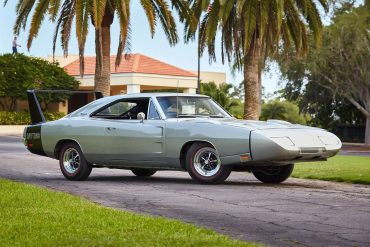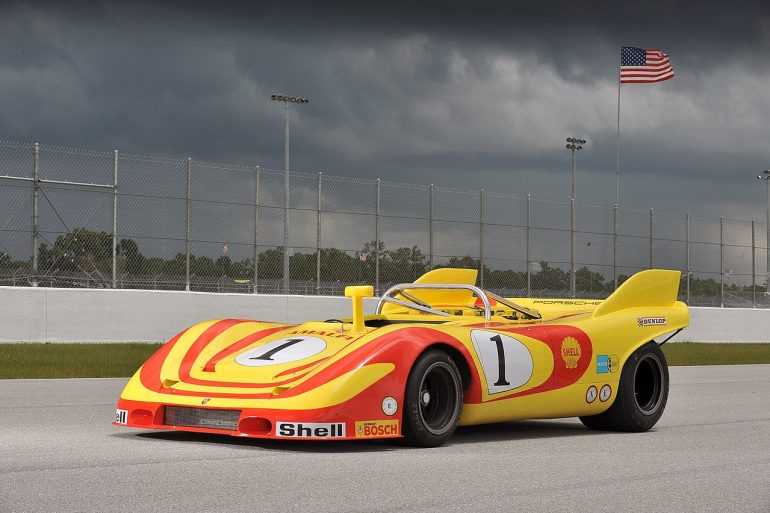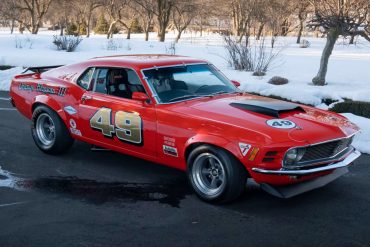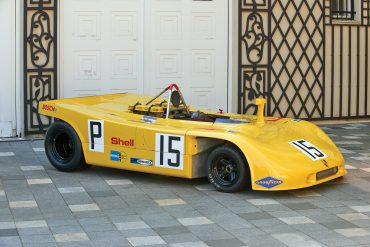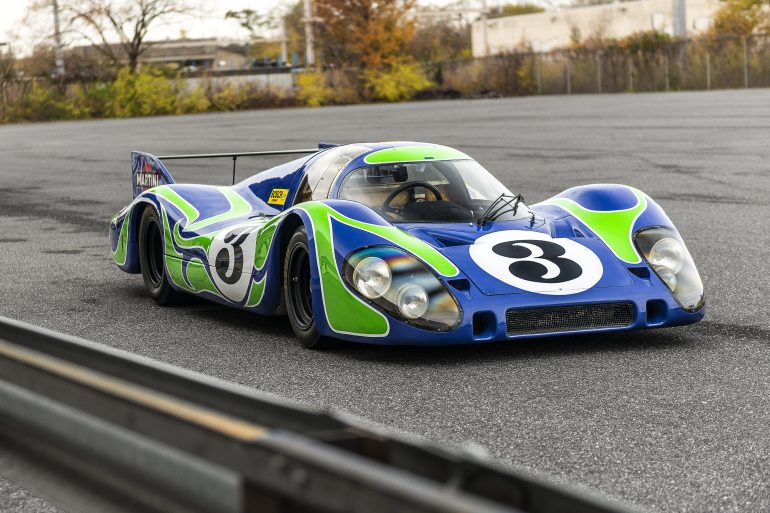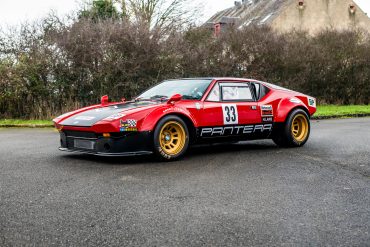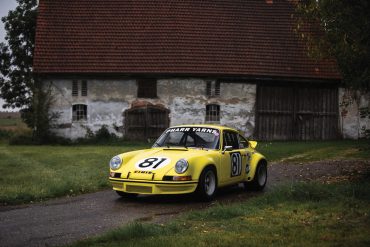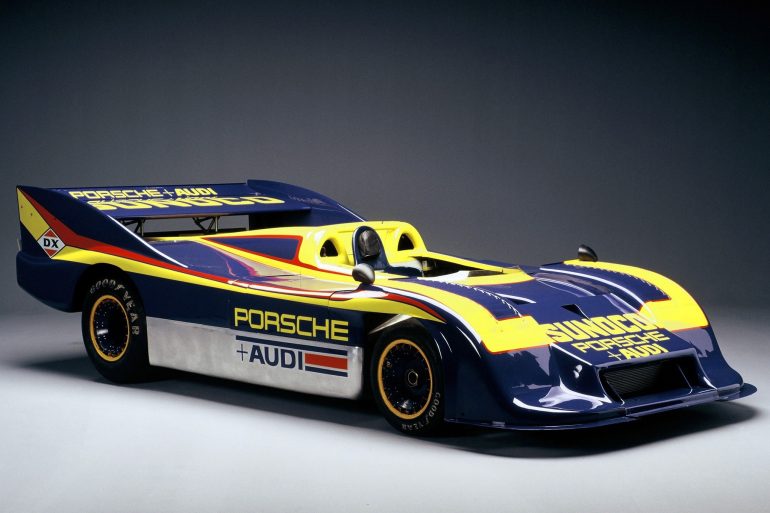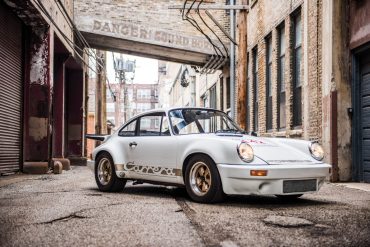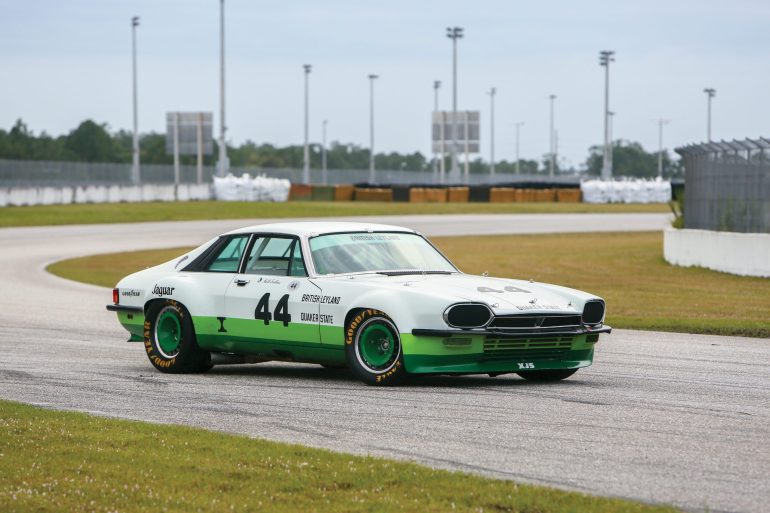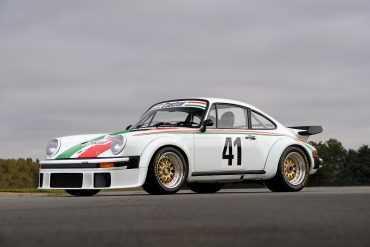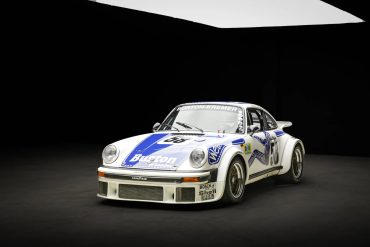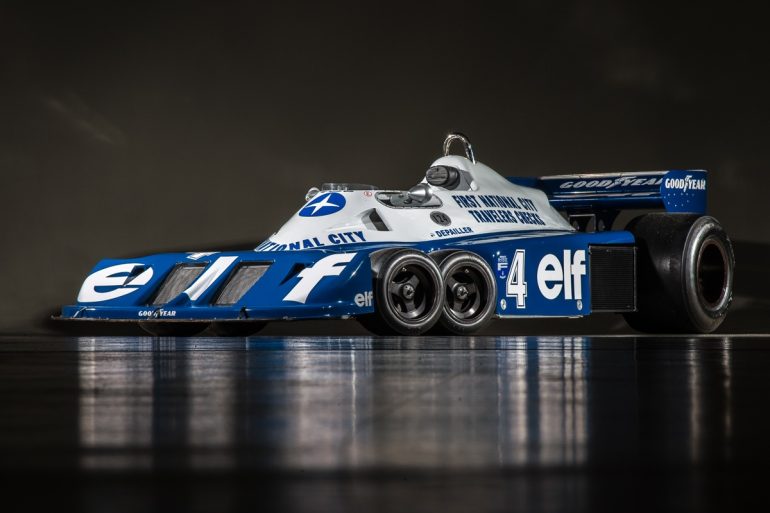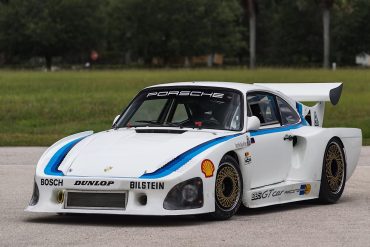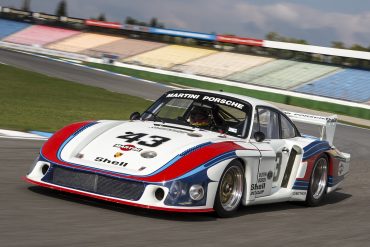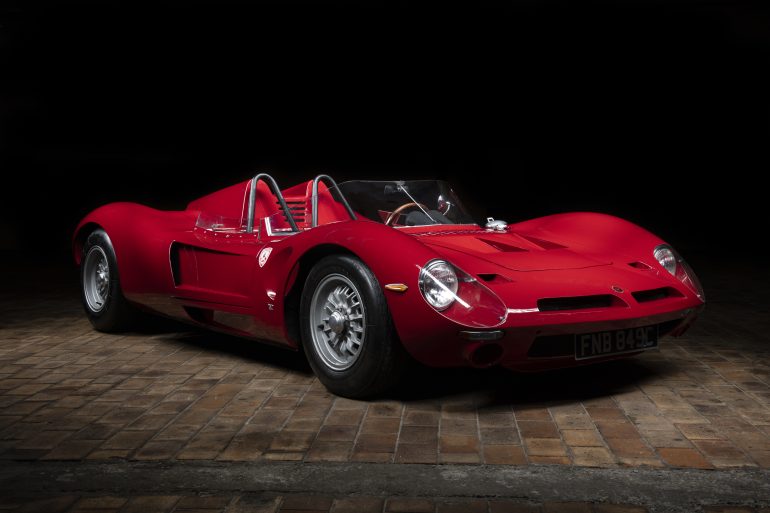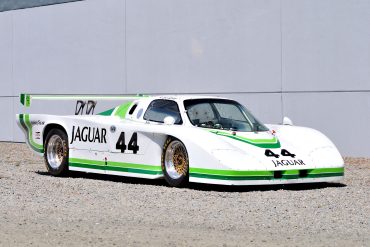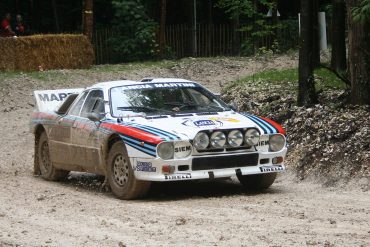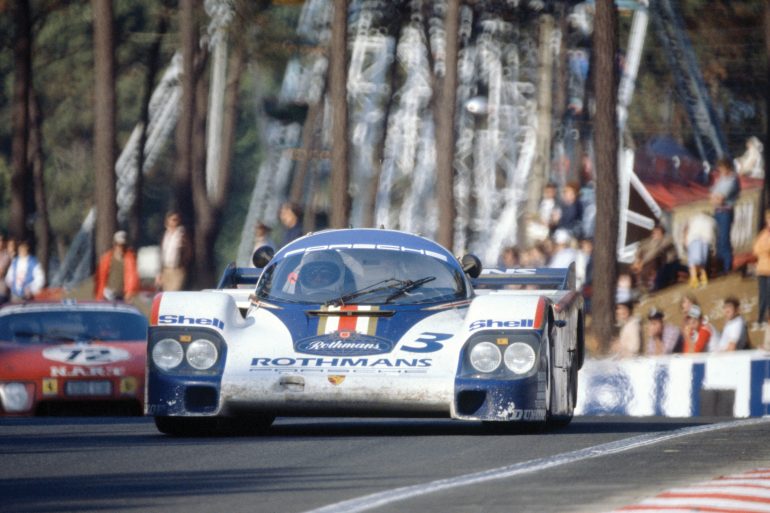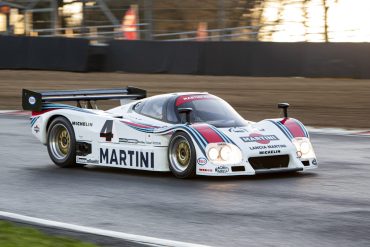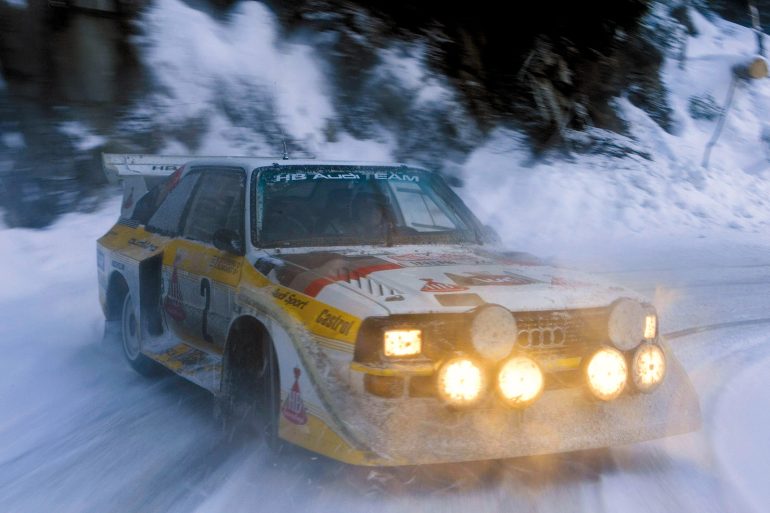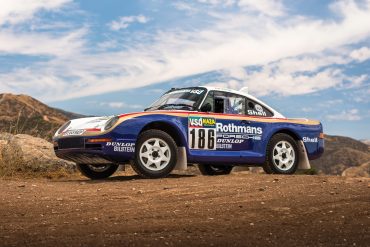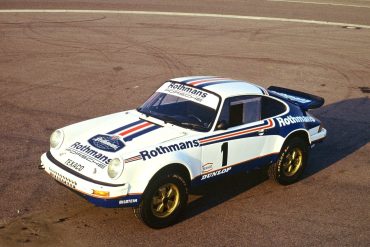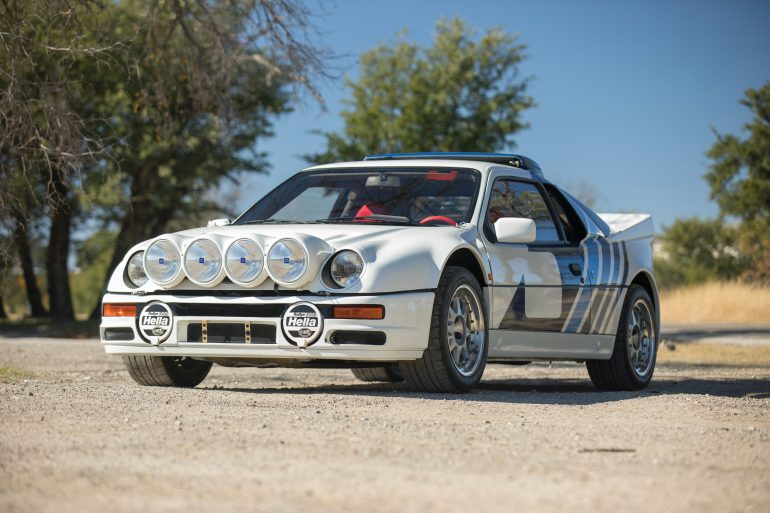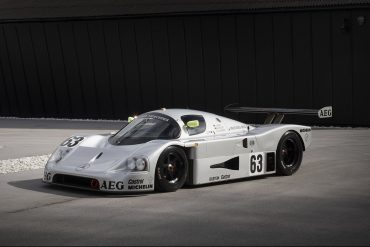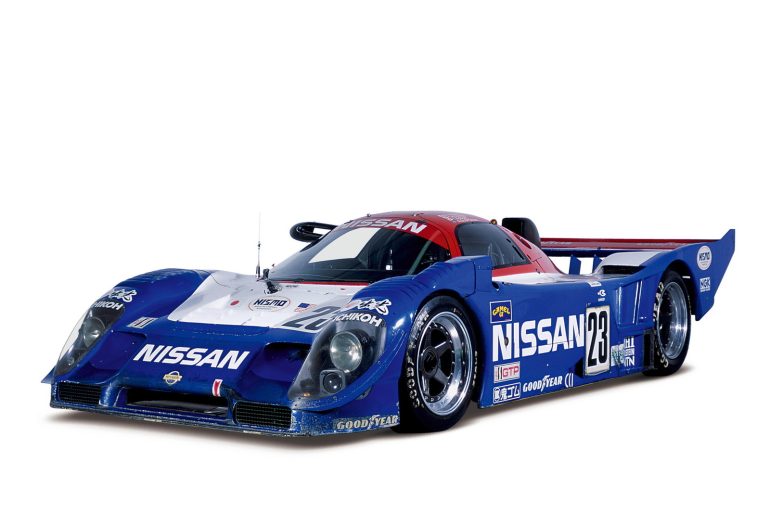Called one of the “Winged Warriors”, a list that included Plymouth Superbird, Ford Torino Talladega, and Mercury Cyclone Spoiler II,...
With the disappointing performance of the 1968 Dodge Charger 500 in NASCAR competition and Plymouth’s superstar Richard Petty leaving them...
Of all the 917 variants, the ‘Interserie Spyder’ was one of the most successful. It won the Interserie championship outright for two years in a row before the model was replaced by the 917/10 of 1972. Three lightweight 917 Spyders were prepared by Porsche specifically for the Interserie, a new...
From 1975 to 1977, this remarkable vehicle dubbed as “Orange Blossom III,” competed in prestigious endurance races such as the...
The 908/3 prototype was built for the sole purpose of winning the Targa Florio and Nürburgring legs of the world...
Due to the aerodynamic instability of the 917 in the 1969, two separate configurations were used in 1970. These were the short-tail Kurzheck version and the less common Langheck or long-tail. Most of the 917’s accolades were achieved by the 917 Kurzheck, leaving the Langheck a less utilized, but ultimately...
De Tomaso not only produced road cars but also offered Panteras configured for FIA’s Group 3, Group 4, and Group...
Introduced in 1973, the RSR was a factory-built racing car based on the 911 chassis. The 2.8 RSR looks different...
The ultimate expression of CanAm’s unique sky’s-the-limit approach to technical regulations, this 1200bhp twin-turbo monster was a sensation, rubbing salt into the opposition’s wounds by totally dominating the 1973 season after its predecessor. The Porsche 917/30 was a derivative of the 917/10 and it was the first real turbocharged racing car developed to...
The 1974 Porsche 911 Carrera RS 3.0 stands as the ultimate evolution of the naturally aspirated Porsche 911 designed for...
This BMW 3.0 CSL is the first of BMW’s world-famous Art Cars. Created in 1975, it was one of the...
This is the Group 44 Jaguar XJS that won the Trans-Am Category 1 Drivers’ and Manufacturers’ Championship in 1978, racing against cars like the Corvette, Porsche, Datsun, and Camaro. Jaguar had initially released the XJS to lukewarm reception, but decided to use the “win on Sunday, sell on Monday” strategy...
The Porsche 934, first introduced in 1976, was the Group 4 GT race version of the Typ 930 Turbo road car....
The 934, introduced for the 1976 racing season, utilized the production 930 as its foundation. It incorporated a front spoiler...
Tyrrell’s Project 34 six-wheel Formula One car was one of those refreshingly radical cars that used to come into Grand Prix racing in the 1970s. It was designed and built by Derek Gardner, the chief designer for Tyrrell Racing Organisation at that time. It was unique in that it had...
This 1977 Porsche 935 K3, identified by Chassis No. 930-770-0907, boasts a remarkable racing history, having achieved four first-place victories...
The 935/78 was the ultimate expression of the 911 factory race car before Porsche officially withdrew from motor sport. Raced...
During the 1950s, Bizzarrini played a crucial role in developing the Ferrari 250 Testa Rossa and the 250 GTO. However, it wasn’t until 1960 that Giotto Bizzarrini decided to strike out on his own, collaborating with Giorgetto Giugiaro to create the Iso Grifo and Rivolta. In 1963, he embarked on...
This XJR-5 epitomizes everything that is best about American racing design, construction and preparation combined with the best of British...
The Lancia Rally 037 was a Group B rally car produced by Lancia in cooperation with Abarth and Pininfarina. It...
Few race cars are as universally acclaimed as the Porsche 956. The car is a brilliantly engineered aesthetic wonder, born of another round of FISA changes that ultimately resulted in the emergence of several marque innovations. Before the debut of the Porsche 956, there were the 935 and 936 prototypes...
The Grid-Porsche S2, manufactured by GRID Motor Racing in England in 1983, was specifically designed to compete in Group C...
Following a promising year with the LC1 Group 6 prototype, Lancia wanted to continue being one of the frontrunners for...
An updated version of the Audi Sport Quattro – given the ‘S1’ moniker – was introduced at the end of 1984. To meet homologation requirements for the improvements, Audi first had to produce an additional 20 examples per Group B regulations. After this was completed, Audi debuted the Sport Quattro...
The greatest version of the 959 is, and always will be, the Rothman’s liveried Paris-Dakar racing version. Built in 1985 for...
The greatest version of the 959 is, and always will be, the Rothman’s liveried Paris-Dakar racing version. Built in 1985...
For years, many people were baffled when they opened up the Guinness Book of Records and discovered that the world’s fastest accelerating car was a none other than a Ford – and a curiously small, almost goofy looking one which looked like nothing made on American soil. That’s because the...
After a 30 year hiatus from endurance racing due to the 1955 tragedy at Le Mans, Mercedes thought enough time...
In 1988, Jaguar won the 24 Hours of Le Mans with an entry of five XJR-9 cars. The winning car,...
Nissan started making Group C cars in 1983. At first a Nissan engine would be mounted in a foreign-made chassis (March Engineering or Lola Cars International), and entered in the WEC (World Endurance Championship) and Japan’s own endurance series. The R91CP, however, was entirely Nissan-made, and – driven by Masahiro...


